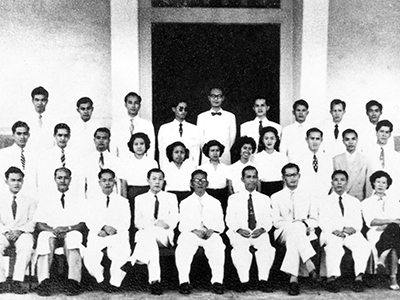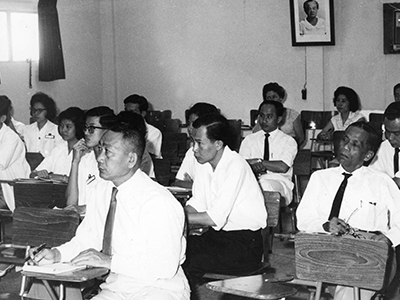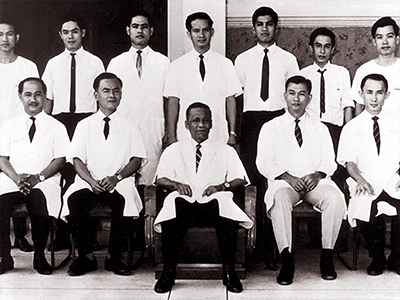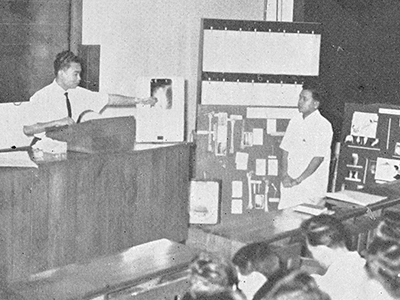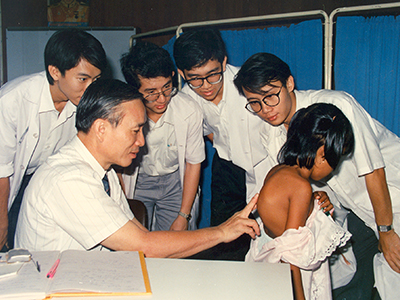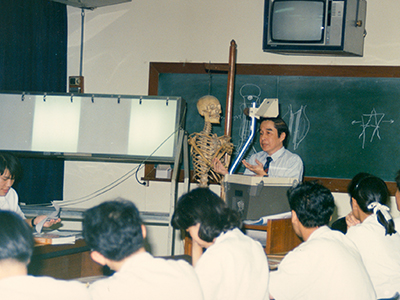Our History
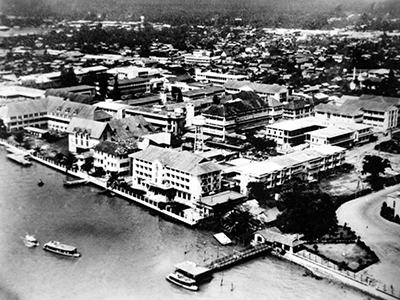
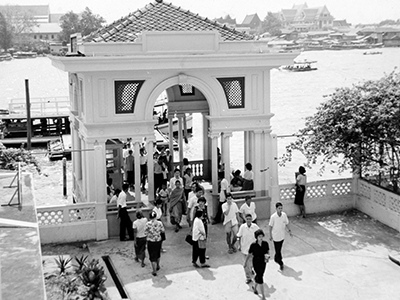
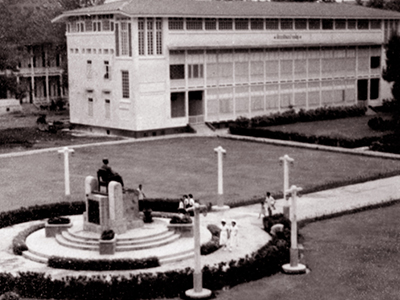
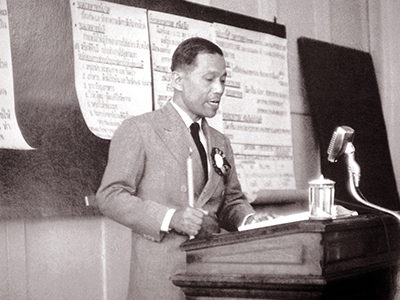
Treatment of musculoskeletal problems in Thailand has a very long history. In the ancient time, treatment modalities involved herbs, hot herbal compress, massage and the “hermit exercise” stretching. To treat fracture, simple cast was made from wooden sticks tied together with rope. The modern medicine was introduced by missionary. Later, “Siriraj Hospital” was established by His Majesty King Chulalongkorn who came to perform the official opening ceremony on 26 April 1888 and Thailand’s first medical school, called “Bhatayakorn School” was opened in 1889. This marked the beginning of modern medicine in Thailand. Modern medical service and medical education were then offered. In this early phase orthopaedics remained a part of surgery subject.
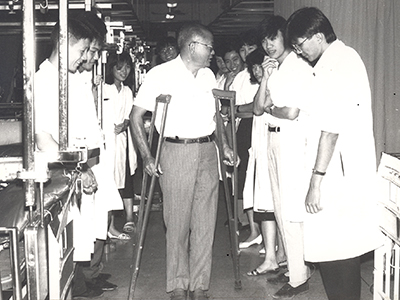
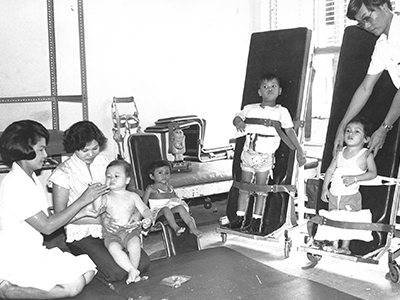
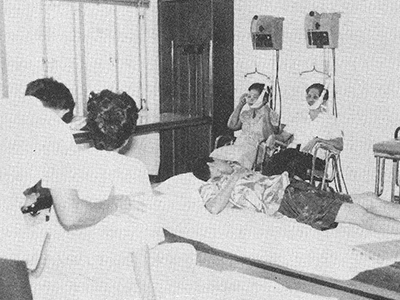
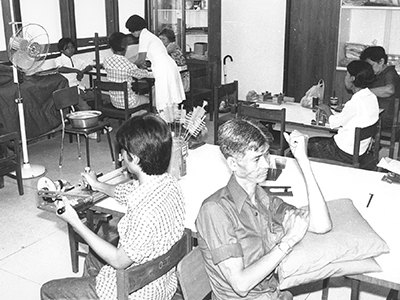
Bhatayakorn School was in 1900 renamed “Bhatayalai”. In 1916, His Majesty King Vajiravudh established Chulalongkorn University and integrated Bhatyalai School as part of the country’s first university. The school became the Faculty of Medicine Siriraj Hospital of Chulalongkorn University. The medical course was also extended to six years. In 1943, the Faculty of Medicine Siriraj Hospital was separated from Chulalongkorn University and reorganized with other faculties in to the University of Medical science.
A significant change in the Thai medicine sector was when His Royal Highness Prince Mahidol Adulyadej, the Father of Thai Modern Medicine, held talks with Rocky Feller Foundation which led to an agreement and assistance on education development and scholarship for lecturers to have training overseas. Orthopaedics was an integral part under this agreement.
The pioneer of Thai orthopedics surgery, Professor FuangSatsa-nguan went to continue his study in orthopaedics in the United States from 1940-1943. Upon his return to Thailand, he applied his knowledge into developing treatment for patients with musculoskeletal problems or injuries. Later in 1948, specialist training on orthopaedic surgery began in Thailand using the house and senior house officer system. Professor Fuang Satsa-nguan also wrote Orthopaedics textbook 1960 edition which became the first orthopaedics text book in Thai language.
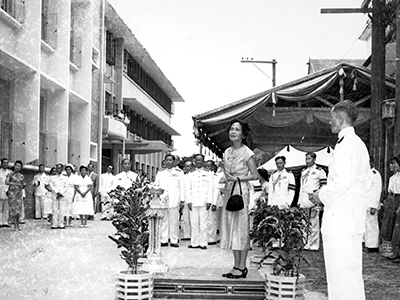
His Majesty King Bhumibol Adulyadej endorsed the separation of orthopaedic surgery from the Department of Surgery and upgraded it to Department of Orthopaedic Surgery on 1 January 1964. Professor Fuang Satsa-nguan became the first department head. In 1965, the Physical Therapy School was established (marking the beginning of the Department of Faculty of Physical Therapy, Mahidol University) while orthopaedic resident training began in 1968 with two residents. Today the training course has been further expanded to a 4-year course with 12 residents per year.
In 1969, His Majesty King Bhumibol Adulyadej considered that it was time to upgrade the medicine university with more comprehensive coverage and therefore established a new university. This university was named “Mahidol” after his father, Prince of Songkla.
The Government Lottery Office allocated some money from lottery sales to build a new building for the hospital. Opened in 1973, the building was used as the office, patient ward and operating rooms of the Department of Orthopaedic Surgery. Later in 1974, the first sports clinic was opened following the establishment of the – Labor and Sports Medicine Unit. Later, in 1987 Thailand’s first Sports Science School was established and later upgraded to the College of the Sports Science and Technology, Mahidol University.
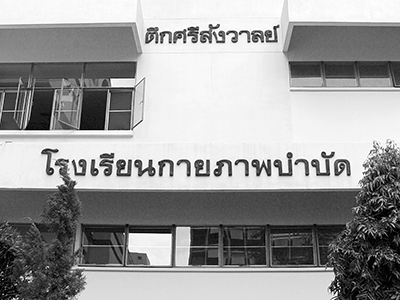
The Bangkok Tissue Center under was established in 1984. Its major task is to produce bones and tissues for surgery in Thailand and the region. The center became an organization under the patronage of HRH Princess Galyani Vadhana Kromluang Naradhiwat Rajanagarindra in 1990.
In 1993, The Department of Orthopaedic Surgery was relocated to the Syamindra Building, 9th Floor, with orthopaedics the follow-up clinic for postoperative visits on 1st floor and orthopaedic operating rooms on 3rd floor of the Syamindra Building.
Siriraj Spinal Unit was established in 1995 to provide medical treatment and rehabilitation services for patients with spinal injuries. The Unit was led and operated by a multi-disciplinary team.
In 1995, orthopaedic resident training program was further expanded from 3 to 4 years. In the following year, 1996, fellowship program was introduced for subspecialty training in 1996.
The first quality improvement seminar held by the Department of Orthopaedic Surgery first in 1999 marked the beginning of continuous quality improvement tasks. The Quality Improvement Unit and Clinical Lead Team which comprises multi-disciplinary members, are responsible for excellence management.
The Siriraj Orthopaedic Alumni Association was established in 2008.
In 2012, the Department of Orthopaedic Surgery celebrated the 48th anniversary by organizing academic activity, exhibitions, and education activities.
